Which format is better, the can or the bottle? The endless debate that started a long time ago continues to this day without a definitive answer. In this post, we get to the bottom of the issue of containers for beer and craft beverages.
At Brew&Hub, we believe that each format has its pros and cons. In any case, the best thing is to use the one that is going to give us optimum and successful results in each case.
Without getting into draught beer, about which there doesn’t seem to be any type of controversy, as taps allows fresh consumption in terms of temperature and serving, there is the “eternal dispute” between people who defend the can and diehard bottle fans. Evidently, these two formats so far seem to be the best for being able to enjoy any craft beverage outside of bars and other establishments.
Bottle vs. can
Bottling
One of the main reasons why brewing experts prefer the bottle is mainly that it enables exhaustive control over the final product by controlling the beer’s carbonation levels. Some brewers prefer to use secondary fermentation, with natural carbonation and that fine layer of yeast sediment on the bottom of the bottle. In other cases, in contrast, they are in favour of carbonation being generated in the tanks, with bottling taking place afterwards.
One of the phases of bottling involves the crown cork and its airtightness. A well-sealed bottle, besides preserving the liquid in a perfect oxygen-free state, keeps it intact and ready for drinking for much longer.
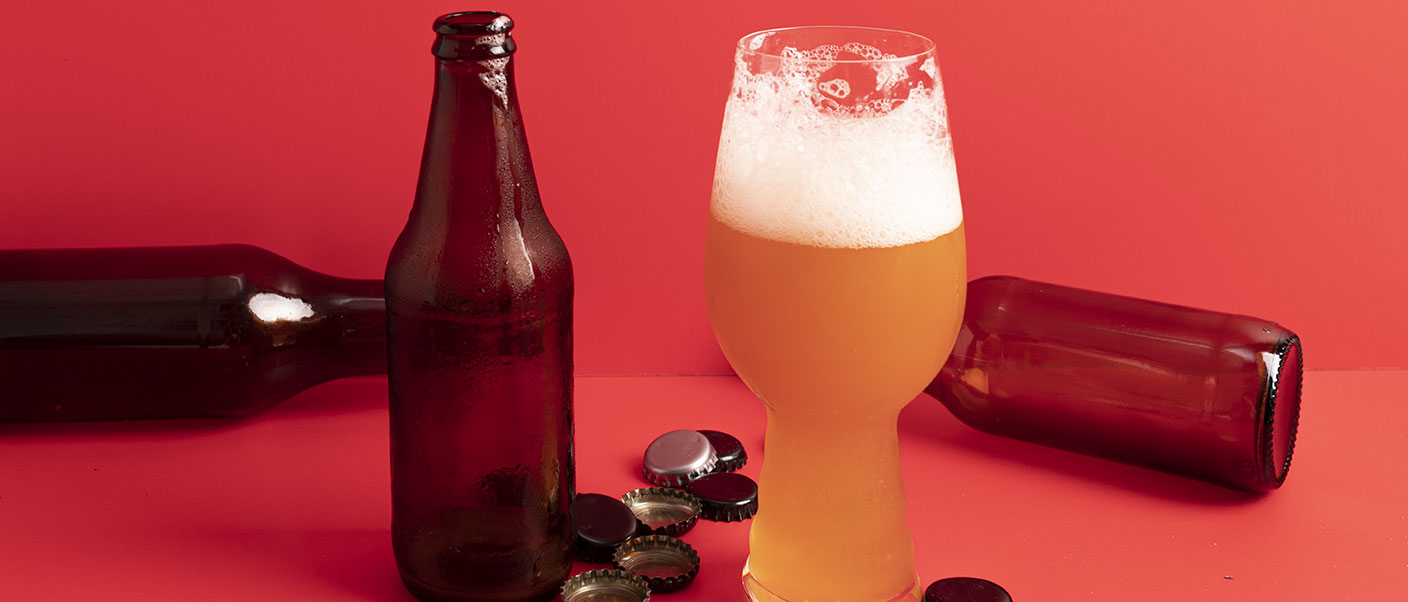
Generally made of green or brown glass, bottles also keep out light to prevent oxidation. But, even though brown is more opaque, it doesn’t totally prevent this. Normally perfect labelling and packaging are what complete this function, preventing any alteration due to sunlight.
Cans
The can basically offers the same protection as the keg, but in an individual format. It actually has an interior coating so that the beer or other type of beverage doesn’t come into direct contact with the metal, a detail that eliminates and demystifies any perception of a metallic taste.
Furthermore, the airtightness of the aluminium can totally keeps light from reaching the liquid inside.
The first inflection point: taste
Taste may be one of the reasons for this debate about container preferences. Since the boom in and commercial take-off of generalized consumption of beverages in cans in the 1980s, the eternal defenders of glass have emerged with the argument and belief that cans alter the taste of beer and other liquids.
This affirmation, however, falls apart completely when consumption tests are analysed, because reality shows that consumers are incapable of perceiving and distinguishing the canned product from the bottled one, as the can does not add a metallic taste.
Real differences between cans and glass bottles
1. Convenience and safety
Which is more convenient, the can or the bottle? Without a doubt, comparing a 12-pack of cans with 12 glass bottles, the latter are considerably heavier and, above all, dangerous, as they can be dropped and, being made of glass, break.
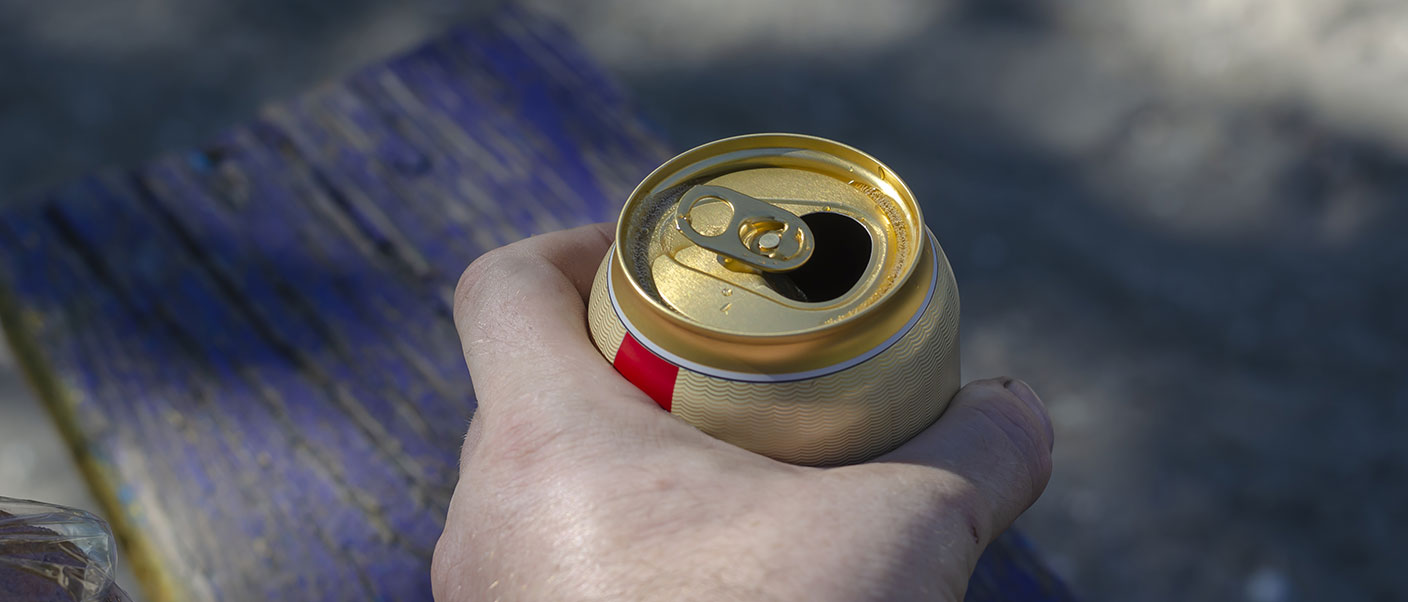
Besides that, cans are more portable. Being more compact, the packs are easier to transport and store.
2. Which format is more sustainable?
Taking into account the two formats, both glass and aluminium are recyclable. The materials used in glass (silica, sodium carbonate, waste glass and limestone) are reusable and can be used for other purposes.
3. Opening the container
The ease of opening the container is another key determinant for assessing consumption of a beverage in one format or the other. Well, apart from the moment, it depends on the experience. The sound the cap makes when a bottled beer is opened is entertaining for the consumer, as is the sound of the tab of the can being pulled. In terms of time, the two are practically the same. But if we want to talk about convenience, pure and simple, we have to recognize that the can is a more all-terrain format and doesn’t require a bottle opener.
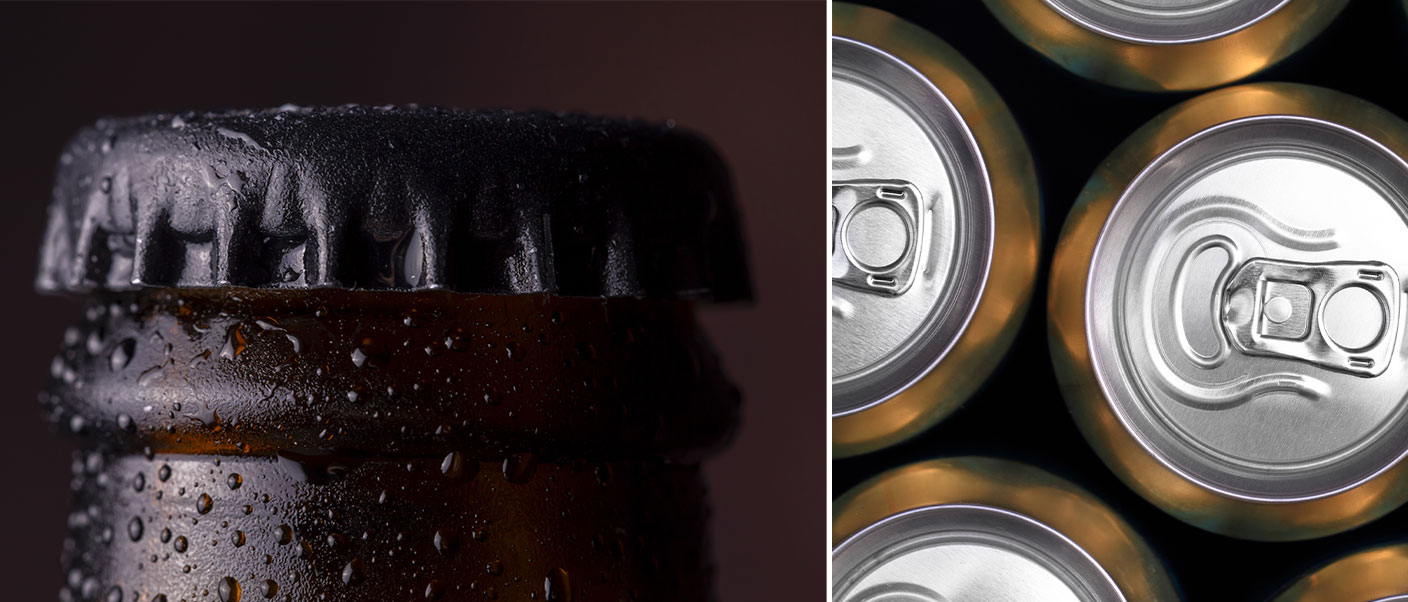
The can format trending among craft beverages
Although the bottle format is very well-liked, and this is related almost more to the nostalgia of enjoying a good beer or our craft beverages in glass, consumption of craft beers in cans has increased lately. Especially with the worldwide pandemic. When everything came to a standstill, brewers had to find a way to release their products so that, even with bars and other establishments closed, they could reach the final consumer.
Although the can has been around for a long time, for craft beverages it’s a bit more innovative. It’s more convenient to transport, and another important aspect is that it reduces shipping costs. Some pioneering canning companies like Cask Global Canning Solutions and Oscar Blues Brewery were launched some time ago.
The demand for craft liquids in a can is growing. This is true of ready-to-drink products, kombucha, cold brew coffee and ciders, and manufacturers in the sector have gotten the ball rolling with substantial investments in equipment to satisfy the needs of the current market.
Not to mention another aspect that is more important now, which is personalization and the level of creativity possible with this container. The can provides a larger canvas for personalizing the design, whether through a label or printing on the can itself.

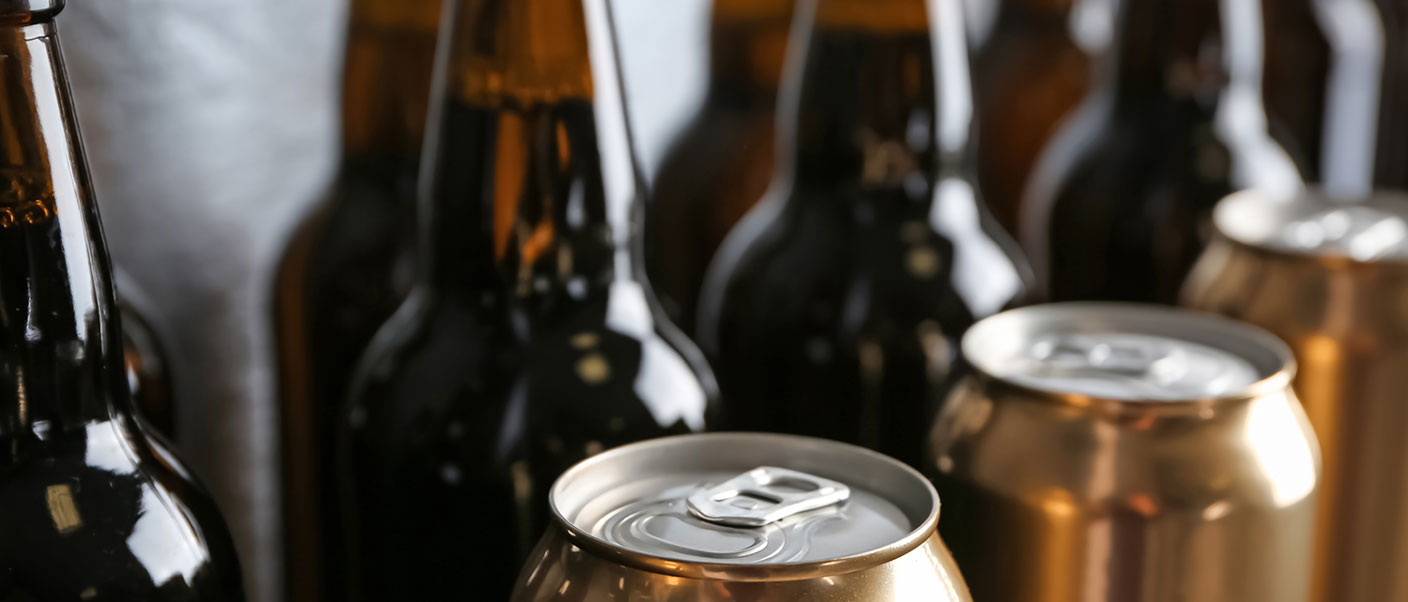





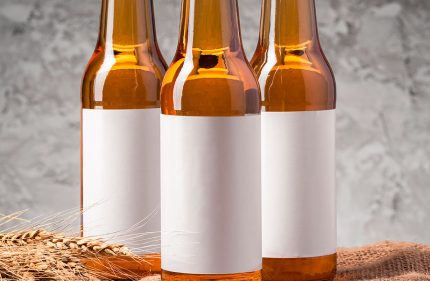


Comments